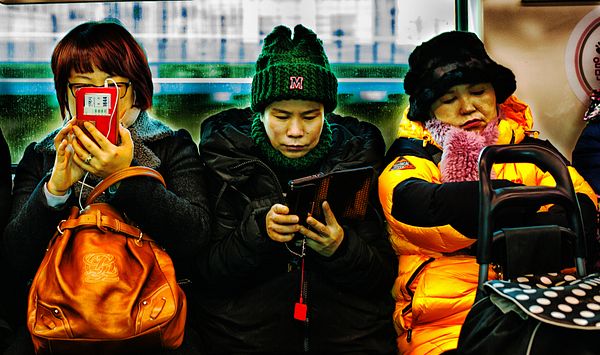In an era defined by digital connectivity, smartphones have emerged as indispensable tools, revolutionizing the way people communicate, access information, and interact with the world around them. The latest findings from Pew Research reveal the extent of smartphone adoption across various Asian countries, shedding light on the widespread embrace of mobile technology in the region.
From the bustling streets of Seoul to the dynamic cityscape of Singapore and beyond, smartphones have become ubiquitous accessories, empowering individuals with instant access to communication networks, online services, and entertainment platforms.
As nations strive to harness the power of technology to drive economic growth and enhance societal connectivity, understanding the prevalence of smartphone ownership offers valuable insights into the digital landscape of Asia and the evolving role of mobile devices in daily life. Let’s delve into the data to explore the trends shaping smartphone ownership across key Asian markets.
Share of population who own a smartphone, 2023.
South Korea: 98%
Singapore: 93%
Malaysia: 87%
Japan: 84%
Indonesia: 76%
India: 47%
(Pew Research)
Leading the pack is South Korea, where a staggering 98% of the population owns a smartphone, reflecting the nation’s tech-savvy culture and advanced digital infrastructure.
Close behind is Singapore, with 93% smartphone ownership, highlighting the city-state’s embrace of cutting-edge technology and connectivity.
Malaysia follows with 87% smartphone ownership, indicating a high level of digital penetration in the country and growing access to mobile devices.
In Japan, 84% of the population owns a smartphone, reflecting the nation’s tech-forward society and the ubiquity of mobile technology in daily life.
Indonesia boasts 76% smartphone ownership, showcasing the growing digital landscape in Southeast Asia’s largest economy and increasing smartphone affordability.
India rounds out the list with 47% smartphone ownership, highlighting significant growth potential in the world’s second-most populous country as mobile connectivity continues to expand.
The data underscores the pervasive influence of smartphones across Asia, transforming how people communicate, access information, and engage with the world around them. As technology continues to evolve, smartphone ownership is likely to remain a key indicator of digital connectivity and societal development.
The data presented by Pew Research underscores the remarkable penetration of smartphones across Asia, highlighting the profound impact of mobile technology on society, economy, and daily life. From highly connected nations like South Korea and Singapore to emerging markets such as Indonesia and India, smartphones have transcended geographical boundaries, bridging gaps and facilitating communication on an unprecedented scale.
As smartphone ownership continues to proliferate, governments, businesses, and individuals alike must adapt to the evolving digital landscape, leveraging technology to drive innovation, foster connectivity, and address emerging challenges. Embracing the opportunities afforded by mobile devices, while also addressing issues of accessibility, affordability, and digital literacy, will be crucial in ensuring that the benefits of smartphone technology are equitably distributed across societies.



